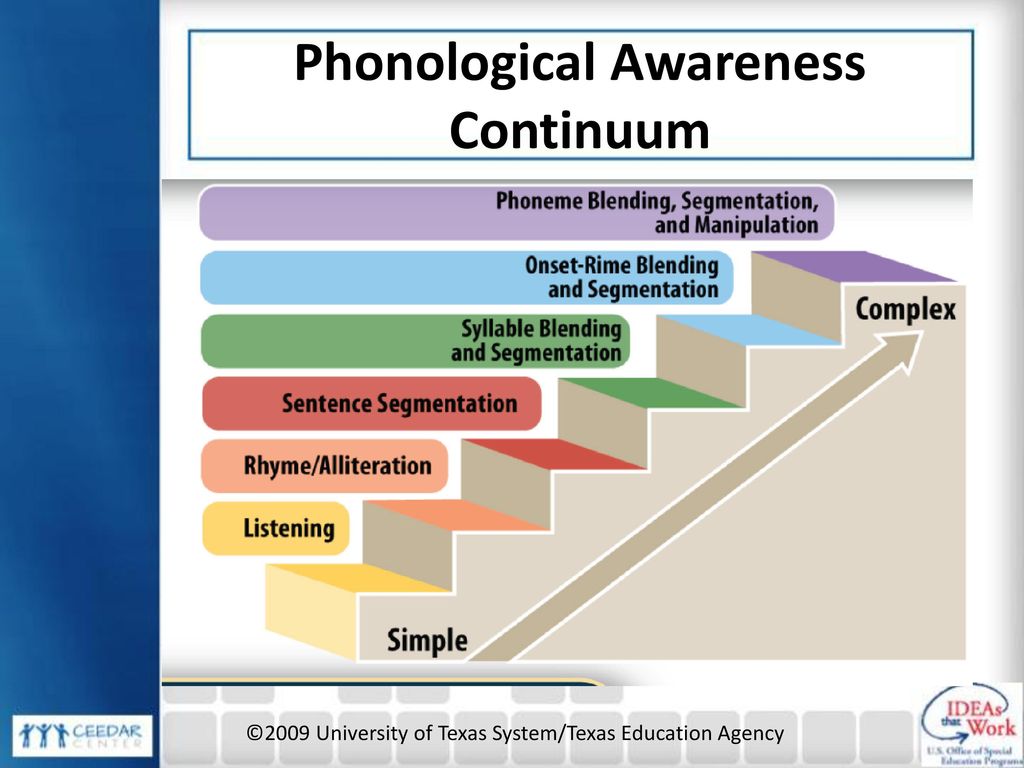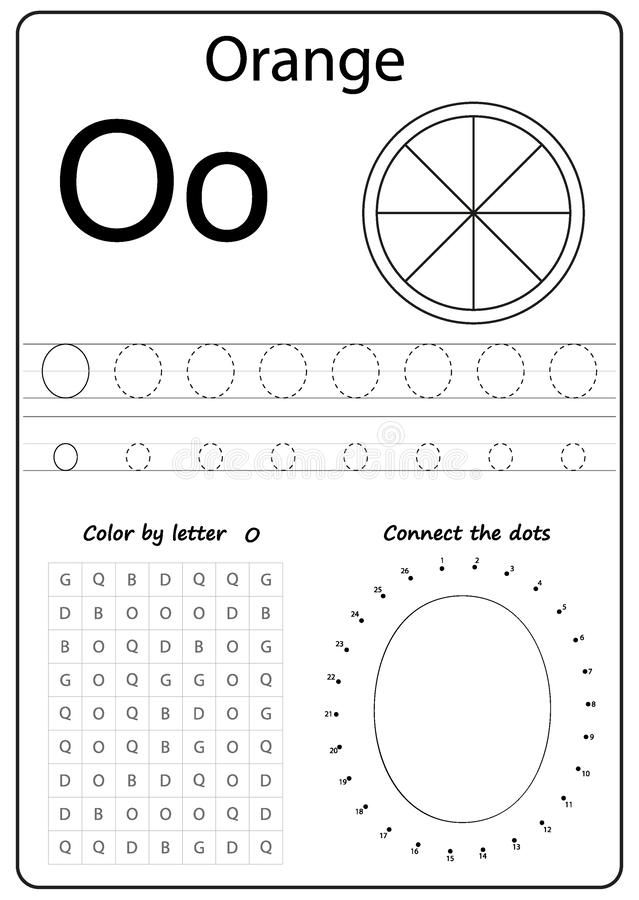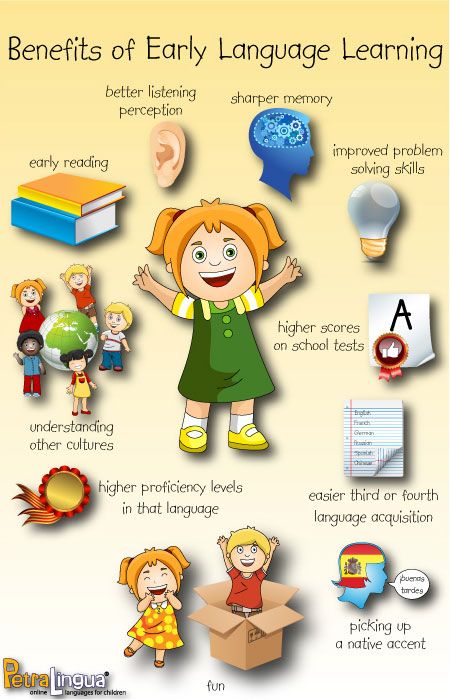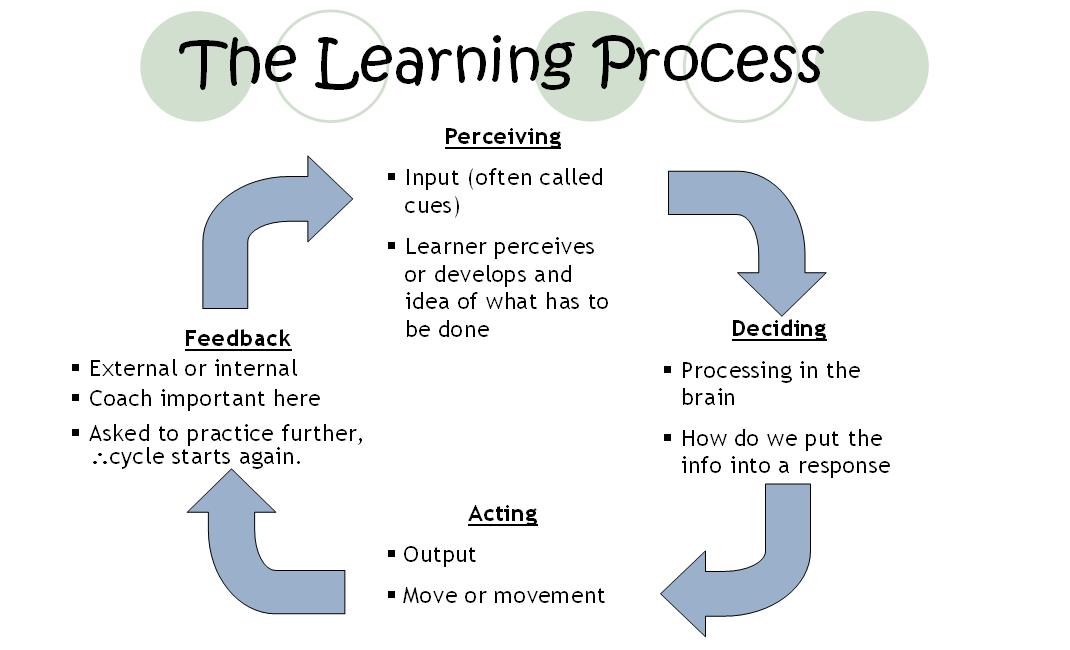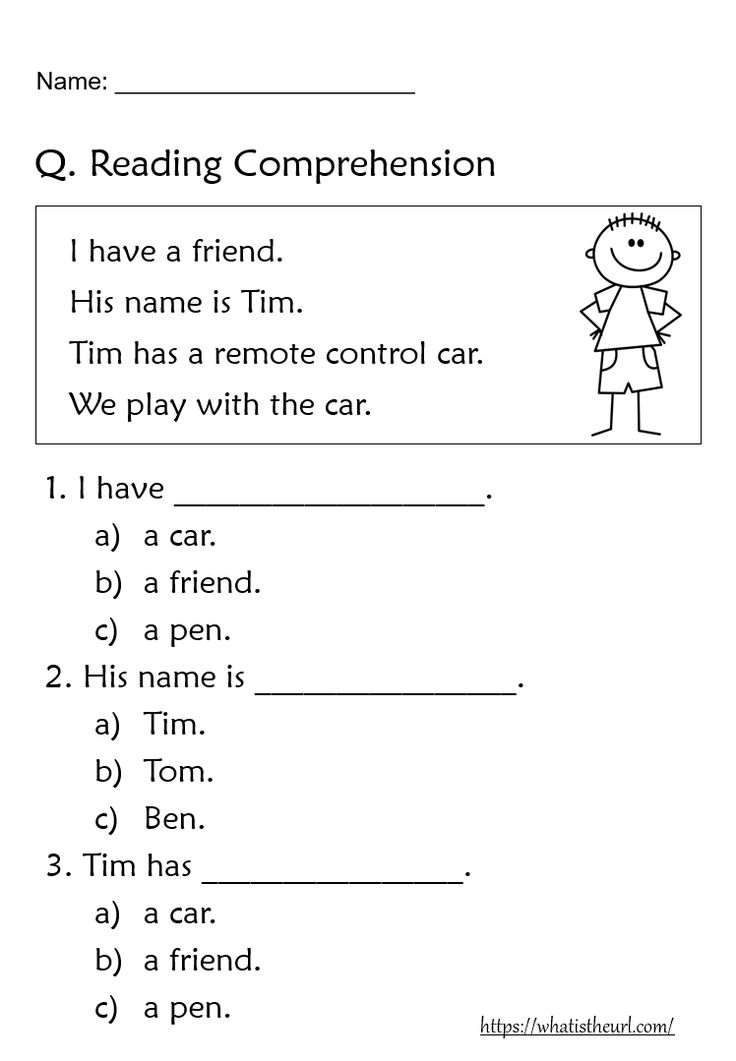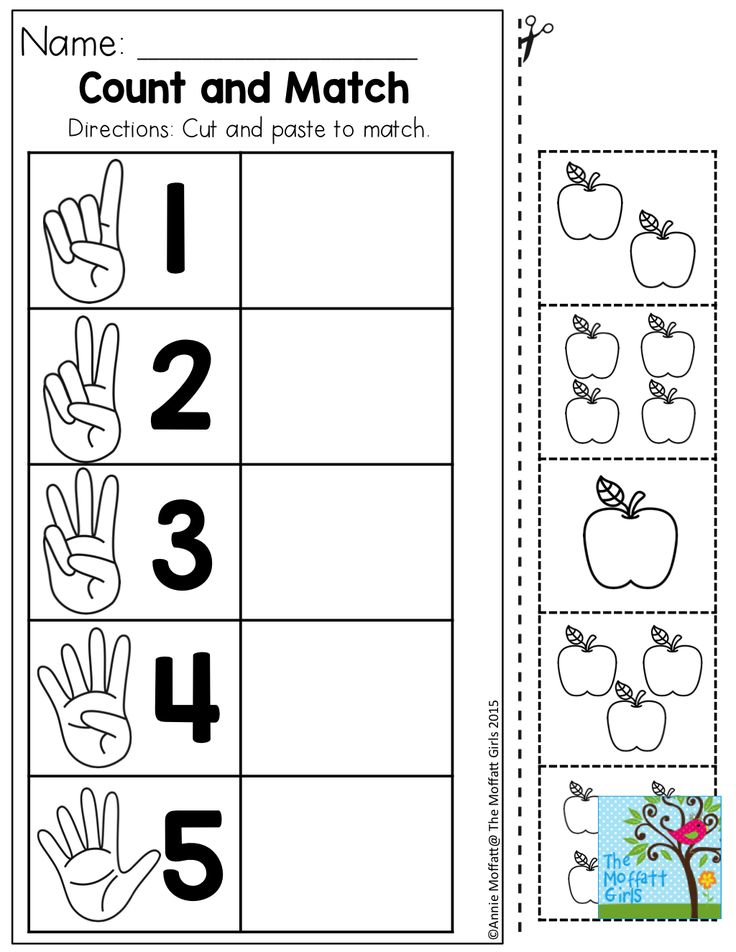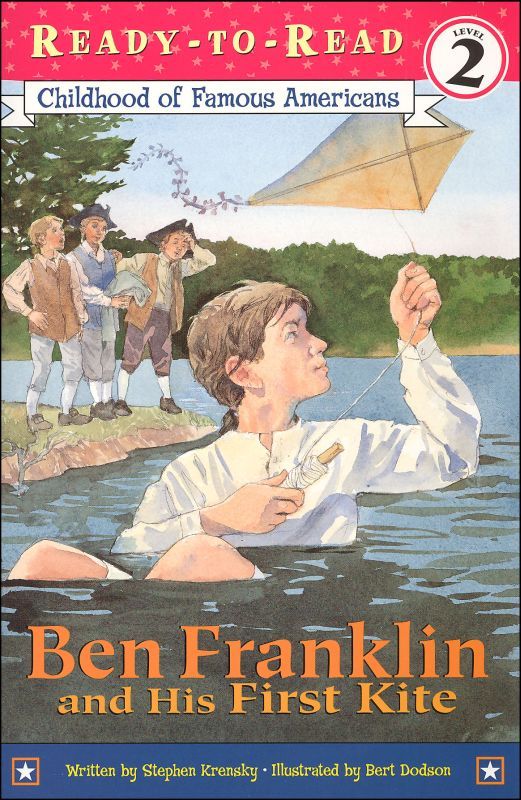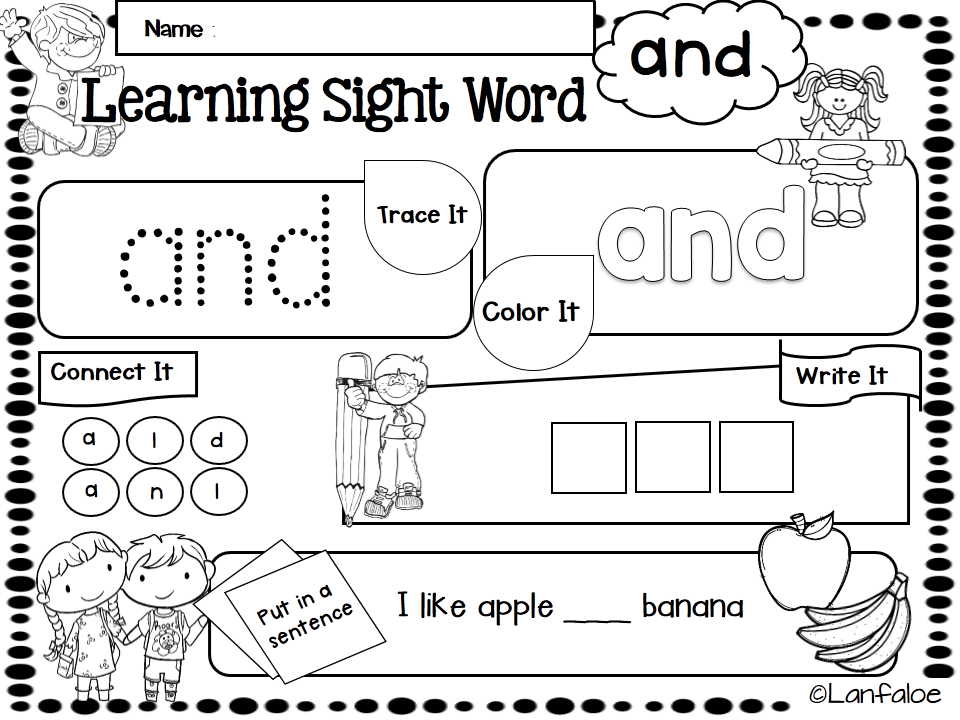Strategies for phonological awareness
Ways to Build Phonological Awareness in Pre-K and Kindergarten
There are a few ways kids in pre-K and kindergarten can get ready to read. One way is by noticing and playing with the words, rhymes, and syllables they hear in everyday speech. This called phonological awareness.
Kids also start to tune in to the individual sounds or phonemes in words. This is called phonemic awareness. The more you can build on these early “pre-reading” skills, the more prepared your child will be for the challenge of learning to read.
1. Listen up.
Good phonological awareness starts with kids picking up on sounds, syllables and rhymes in the words they hear. Read aloud to your child frequently. Choose books that rhyme or repeat the same sound. Draw your child’s attention to rhymes: “Fox, socks, box! Those words all rhyme. Do you hear how they almost sound the same?”
It also helps to point out repeated sounds. For example, if you’re reading One Fish, Two Fish, Red Fish, Blue Fish, ask your child to listen to the /fffff/ sound in fish. (Really stretch the sounds out at first.) Outside of story time, try pointing out other words that start with the /fffff/ sound, just like in the book.
2. Focus on rhyming.
Ask your child to pick out the rhyming words in books without your help. Ask, “Did you hear a word that rhymes with fox?” Teach your child nursery rhymes and practice saying them together. Or say four short words, like log, cat, hog, frog. See if your child can pick out the word that doesn’t rhyme.
3. Follow the beat.
Make syllables easier to understand by clapping the “beats” your child hears in words. Let’s say you choose the word elephant. Pause as you say each syllable — e-le-phant — and clap out each syllable together. You can also get your child up and moving by having your child stomp or jump with each syllable.
4. Get into guesswork.
Guessing games such as “I spy” can be used to work on almost any phonological skill.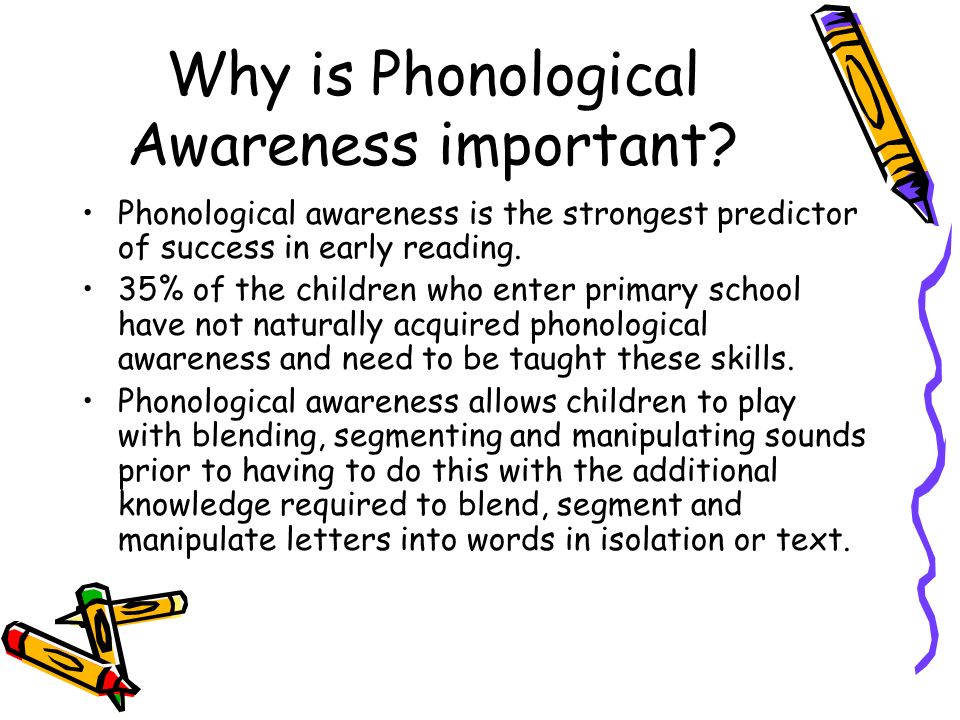 Want to practice noticing what sounds word begin with? Try “I spy something red that starts with /s/.” Want to work on rhymes? “I’m wearing something warm that rhymes with
boat.”
Want to practice noticing what sounds word begin with? Try “I spy something red that starts with /s/.” Want to work on rhymes? “I’m wearing something warm that rhymes with
boat.”
5. Carry a tune.
Singing in general is a great way to get kids rhyming. There are also good songs teachers use to focus on other kinds of phonological and phonemic awareness skills. “Apples and Bananas” is a fun one. You can search online for more songs about phonemic awareness or ask your child’s teacher for recommendations.
6. Connect the sounds.
Sound blending is an important skill for early readers. They need to put sound units — phonemes — together to be able to read a word smoothly. You can help your child start working on this by putting together sounds of different words. Ask your child to connect the beginning sound with the rest of a word. For example, say, “Start with /p/ and add /ig/. What do word do you hear if you put them together?”
7. Break apart words.

Have your child work on hearing a word and taking it apart. Start by using compound words such as cowboy, baseball or firefly. Tell your child, “Say the word cowboy. Now take away boy. What word is left?”
You can also use LEGO bricks to make this point. Give your child two attached LEGO bricks to represent parts of the word. Then have your child physically take the LEGO pieces apart while removing part of the word.
8. Get creative with crafts.
Kids respond to hands-on learning. Try making a collage of items that start with the same sound using pictures from magazines. Sock puppets can be another fun way to work on these skills. Make one that likes to munch on words that start with a certain sound. Let your child have fun “feeding” the puppet different objects or pictures that start with that sound.
9. Search online.
There are many resources and ideas online to work on phonological and phonemic awareness skills.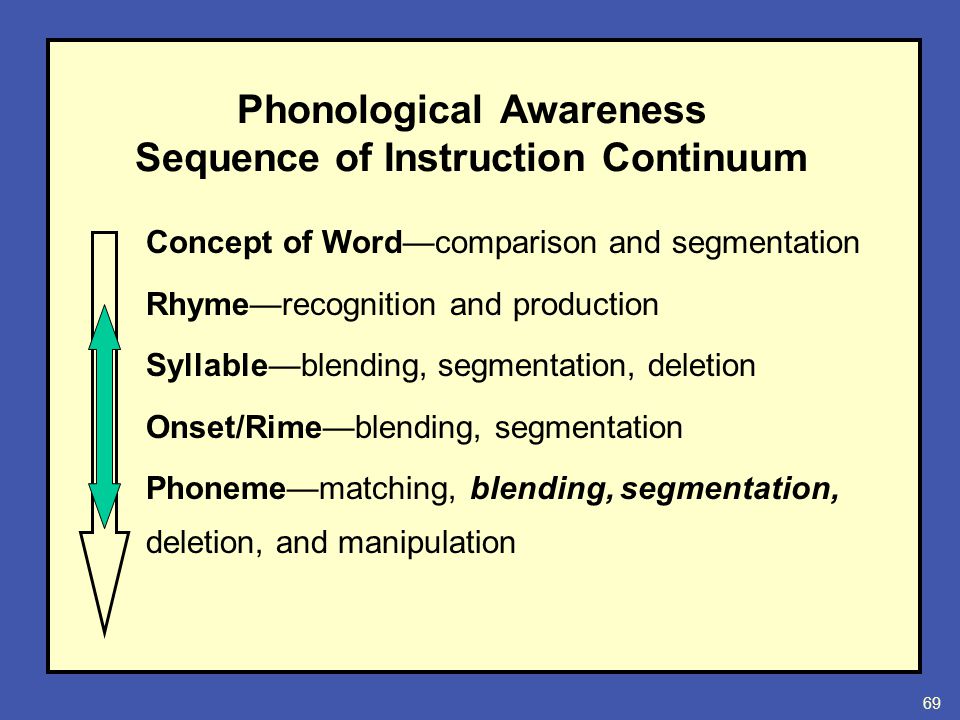 Check out YouTube for teaching videos, Pinterest for games and crafts, or the app store for nursery rhymes, sound games, and songs.
Check out YouTube for teaching videos, Pinterest for games and crafts, or the app store for nursery rhymes, sound games, and songs.
Whatever you do, keep the activities short and fun. If your child finds one activity too difficult or boring, try something different. If you find that activities of this type are too hard, talk to your classroom teacher. Your district’s early childhood department may also be able to help you get extra help.
Key takeaways
There are many ways to include sound play in your daily routine with your child.
Kids who play with sounds, syllables and rhymes when they are young are gaining important reading readiness skills.
If these skills are really difficult for your child, you may want to seek extra support in this area.
Related topics
Reading and writing
Strategies and tips
Strategies for Teaching Phonological Awareness - Structured Literacy
Phonological Awareness is the ability to hear and manipulate the sounds of spoken language.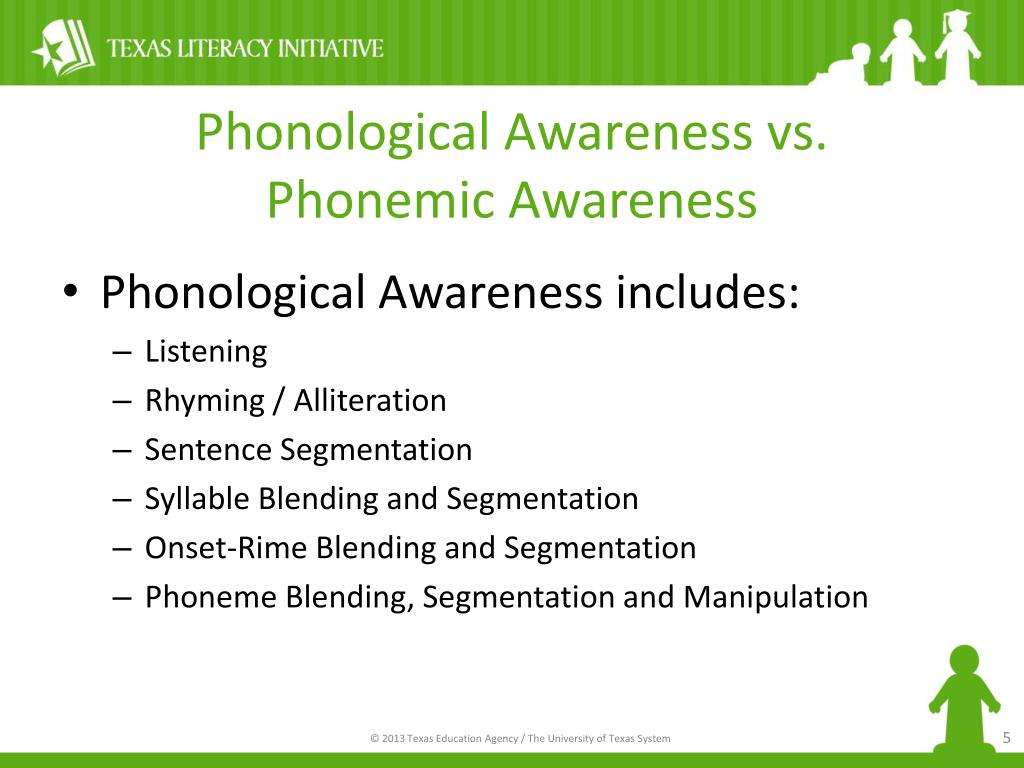 This is the beginning foundation of reading and is a critical component to future reading skills, especially for children with language processing disorders (dyslexia, auditory processing, speech deficits, etc.). Although many children’s brains are “wired” to learn this skill easily, a lot of children need direct teaching. On today’s post, I am going to give you tips and strategies for teaching phonological awareness.
This is the beginning foundation of reading and is a critical component to future reading skills, especially for children with language processing disorders (dyslexia, auditory processing, speech deficits, etc.). Although many children’s brains are “wired” to learn this skill easily, a lot of children need direct teaching. On today’s post, I am going to give you tips and strategies for teaching phonological awareness.
Rhyming is the first step in teaching phonological awareness and helps lay the groundwork for beginning reading development. Rhyming draws attention to the different sounds in our language and that words actually come apart. For example, if your child knows that jig and pig rhyme, they are focused on the ending ig.
You can begin introducing rhymes by reading stories and poems with your child that use a lot of rhymes aloud together. You will want to first read the story aloud several times simply for the pure joy of reading and sharing the story together.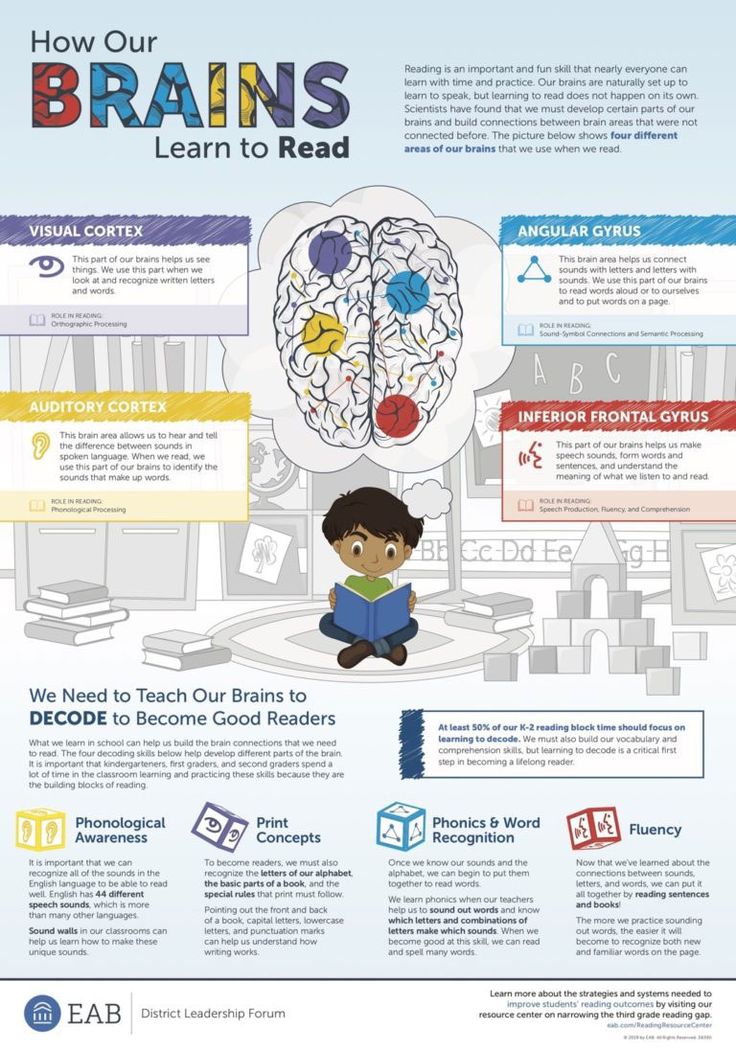 Then you can begin drawing attention to the sounds of the rhyme. For example you can say, “I hear rhyming words! Dog and bog rhyme!” You can also ask your child to predict the next word in the rhyming story. As you read these rhyming books aloud, you will want to really exaggerate the sound of the rhyming words.
Then you can begin drawing attention to the sounds of the rhyme. For example you can say, “I hear rhyming words! Dog and bog rhyme!” You can also ask your child to predict the next word in the rhyming story. As you read these rhyming books aloud, you will want to really exaggerate the sound of the rhyming words.
You can also sing rhyming songs and rhyming chants with your child. Singing is so easy to fit into your daily schedule, as you can basically break out in song or chant any time of the day.
Once you have introduced rhyming, you can help your child to identify and practice rhymes by manipulating, adding, deleting or substituting sounds in words.
Some examples of doing this are:
“Tell me all the words you know that rhyme with the word “hat.”
“Close your eyes. I am going to say 2 words. If they rhyme, raise your hand. If they don’t shake your head.”
“Say the word hat. Good. Say the word hat again, but change the h to b. (bat).
(bat).
“Listen to these 3 words – mop, plop, flop, tag. Which of these does not rhyme?”
“Can you finish my sentence for me. The cat sat on the _______.”
Rhyming is one of those reading skills that is really fun to work on and kids like doing it. If you want to read a more detailed post on rhyming and a list of songs to sing, and a list of rhyming books to read, you can read my post:
How to Teach Rhyming
Breaking up words into syllables or chunks is the second step of teaching phonological awareness. Syllabication helps children learn to read and spell difficult words. When a child is stuck on a difficult word, they can use syllabication rules to figure it out.
One activity that helps a child pull apart the syllables in a word is to count them. This can be done by clapping each syllable. You can start by counting (actually clapping) the number of syllables in your child’s own name. Ja-son (clap, clap).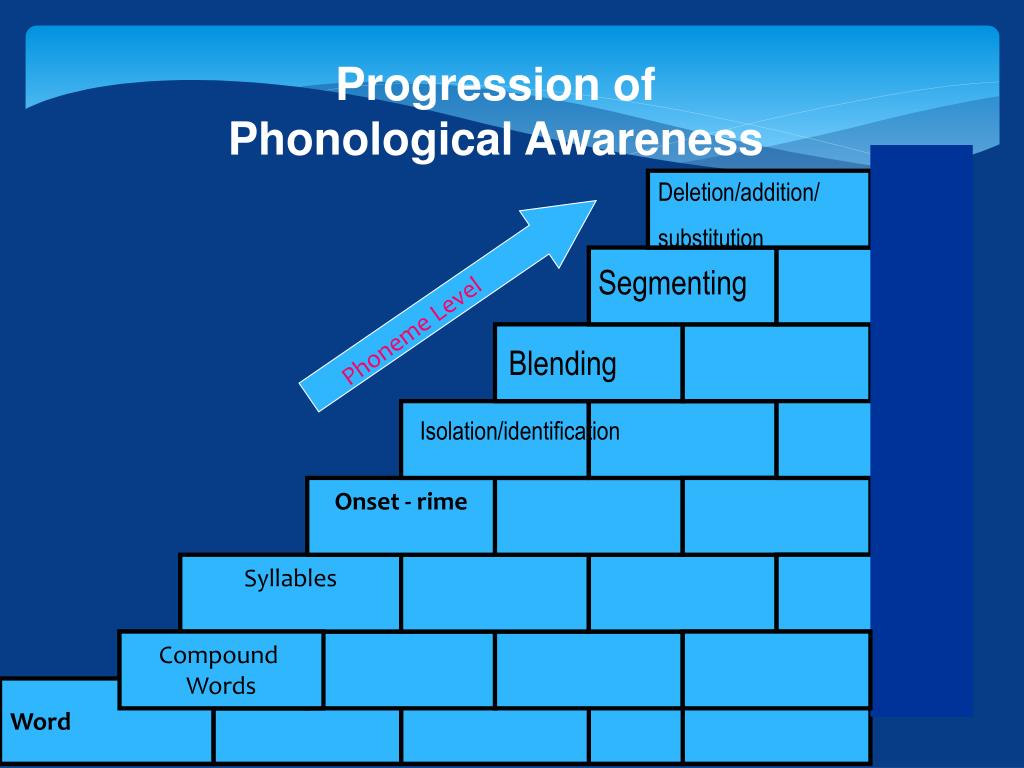 Jon-a-than. (clap, clap, clap). You can also clap out the days of the week Tues-day, the months of the year, Sep-tem-ber and fun words like cu-cum-ber or Cin-der-el-la.
Jon-a-than. (clap, clap, clap). You can also clap out the days of the week Tues-day, the months of the year, Sep-tem-ber and fun words like cu-cum-ber or Cin-der-el-la.
If your child is having trouble understanding syllables, try using “chin dropping.” This technique will help your child really “feel” the syllables. Place your hand under your chin. Now, say a multisyllabic word aloud. Every time your chin drops, that is one syllable! For a more detailed description on teaching syllables as well as every syllable type you need to teach and a bunch of strategies and activities you can use, read my post:
My Favorite Multisyllabic Word Activities
Pulling apart words into different sounds is what we call sound segmentation. For example the word bat has three sounds – /b/, /a/, /t/. The word ship also has three sounds – /sh/, /i/, /p/. Teaching sound segmentation is the final process in teaching phonological awareness. This step is the one that leads to beginning blending in reading.
This step is the one that leads to beginning blending in reading.
You can begin working on sound segmentation by asking your child to match the very first sounds in words and then the final sounds. It is helpful to have a set of cards with pictures of everyday objects (man, boy, girl, cat, dog, house, book, etc.). You can also cut out pictures from magazines and use those. Once your child is successful at matching beginning sounds, work on ending sounds.
“Say the word bat. What is the last sound you hear in the word bat?”
Your child can also tap on the desk for each sound or stomp their fists. I like to use sound tokens. The child listens to a word and then moves the sound token into a box for each sound in the word.
Phonological awareness skills are the basis for reading and without this important skill, potential reading difficulties might occur in the early reading stage. A child who has strong and solid phonological skills will have a strong reading foundation to develop with.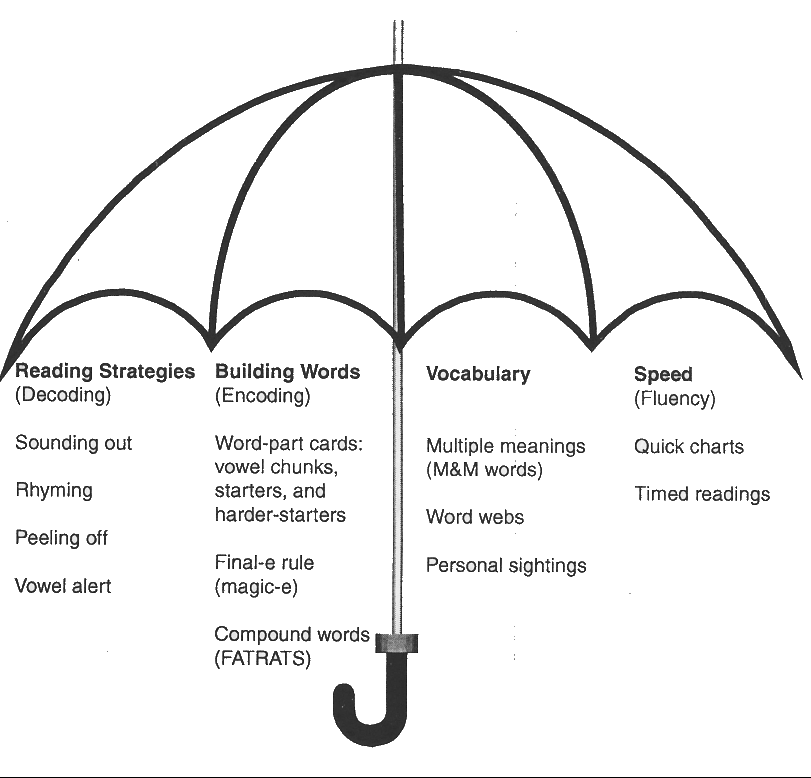
Thank you for reading my post today. You might also enjoy reading my previous post:
How to Teach Letters and Sounds Correctly
How to Teach Beginning Blending in Reading
Please don’t leave without checking out the PRIDE Reading Program. The PRIDE Reading Program is an Orton-Gillingham curriculum that is used by teachers, tutors, and homeschooling parents worldwide with great success.
The PRIDE Reading Program
Phonological games for preschoolers | Skyteach
Before learning to swim, children get used to the water, learn to breathe properly, and train to lie on the water. In the same way, before learning to read, a preparatory stage is needed - the child must learn to distinguish sounds and control them. This is called phonological awareness.
The development of phonological awareness includes the following steps:
- separation of words in a sentence by ear;
- selection of rhyming words; nine0008
- distinguishing syllables in words;
- onset recognition and roman.
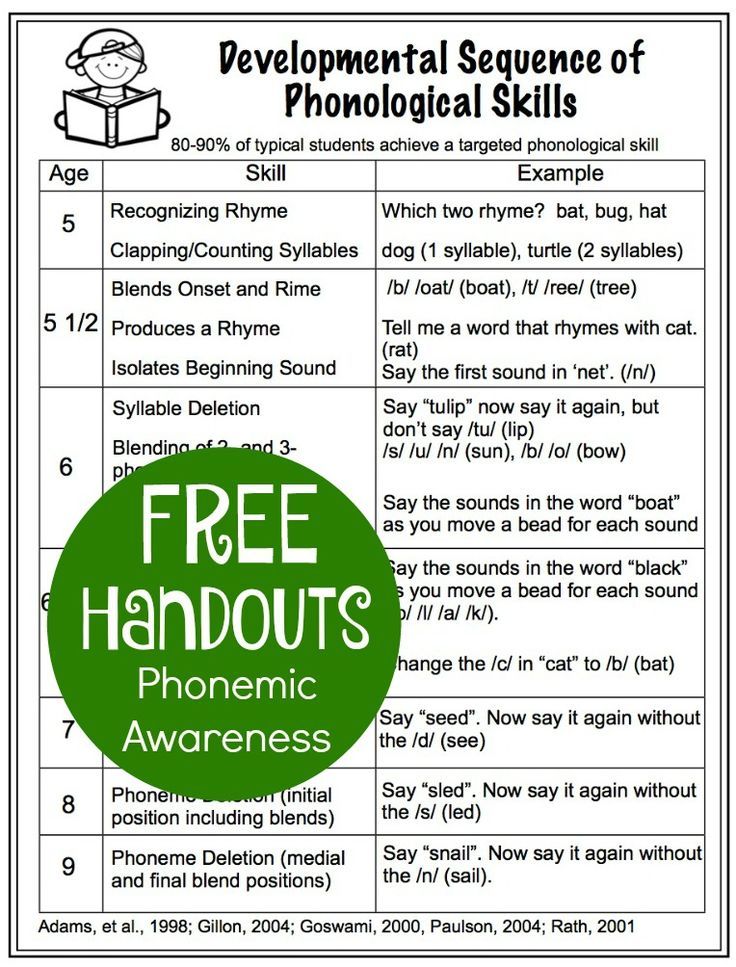 Onset is the initial phoneme in a word, and rima is the sounds following the onset. For example, in the word dog d is onset, and og is rima;
Onset is the initial phoneme in a word, and rima is the sounds following the onset. For example, in the word dog d is onset, and og is rima; - identification of phonemes in words;
- fusion and separation of phonemes.
I will tell you how to develop phonological awareness through games. The games from the selection are suitable for preschoolers, younger students, as well as for all students who have difficulty learning to read. Tasks are easily adapted for group and individual lessons. nine0003
Candy Count
This game teaches you how to count the number of words in a sentence.
You will need a candy wrapper or a printed wrapper and counters such as fruit puree lids or large buttons. Say a sentence and put as many candies in the package as there are words in the sentence. Then the students listen to the sentences and lay out the sweets themselves.
The student collected three "candies" after listening to the sentence twice: « Mommy likes pickles »Sample sentences:
- Children play.
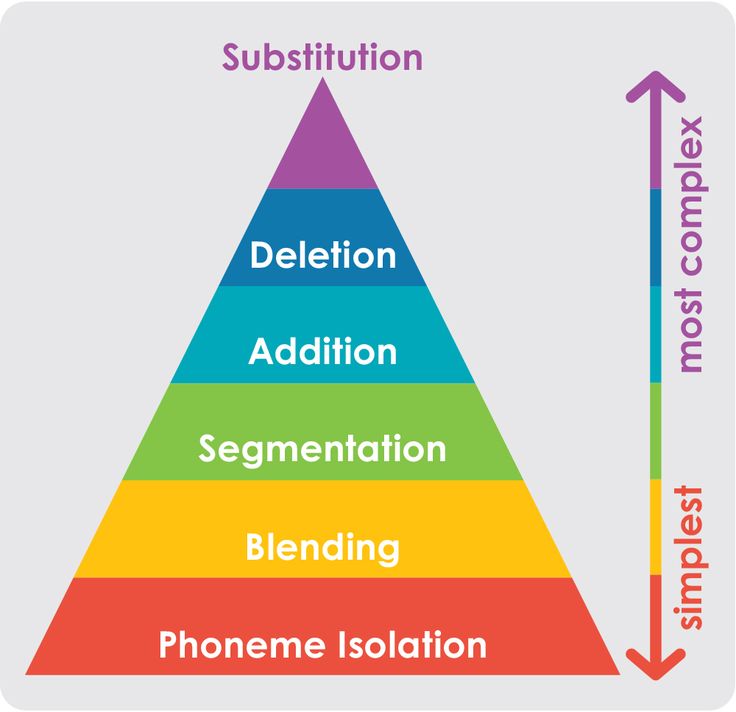
- Read a book.
- Boys like cars.
- He likes dancing.
- Mary doesn't live here.
Hungry Spider
We train the ability to find rhyming words.
You will need a web drawn on a sheet of paper, cards with flowers and pictures of rhyming words: pink/sink, red/bread, black/sack, green/bean, brown/clown, blue/shoe. nine0003
Attach the web to a board or wall, and place the cards with the pictures of the objects around the room. Read the poem aloud, filling in the gap with the first words of the pair:
I'm A Hungry Spider (based on the tune “I'm a Little Teapot”)
I'm a hungry spider, in my web.
Looking for treats that rhyme with _____.
Can you find me a tasty treat?
Put it in my web. Let's eat! nine0033
Children must find an object with a rhyming name and fix it on the web, for example, with a magnet.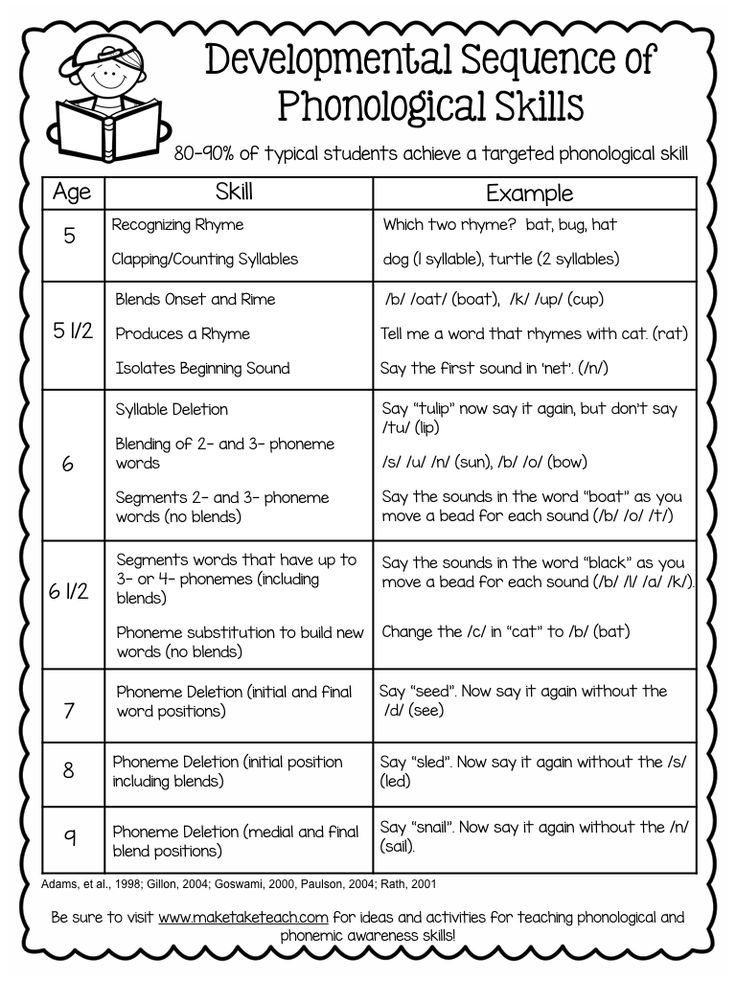 For young children, make cobwebs on the floor with masking tape or masking tape.
For young children, make cobwebs on the floor with masking tape or masking tape.
Source: Rhyming Activity: I’m a Hungry Spider
Pick a rhyming pair
A task to find consonance in words - rhymes.
You will need cards with rhyming words or real objects with rhyming names. The words must be familiar or learned beforehand. Each child receives a card, walks around the classroom and says the word out loud until they find a rhyme. If the class is large, then the children match in pairs. nine0003
Possible word pairs: flag/bag, cake/snake, duck/truck, star/car, boat/goat, bug/rug, pear/bear, log/frog. The number of words depends on the level of knowledge of the child.
Rhyming word pairs (from left to right): flag/bag, cake/snake, duck/truck, star/car, boat/goat, bug/rug, pear/bear, log/frog. Figurines are taken, among other things, from Lego and Kinder surprisesCalling animals
Task for distinguishing syllables.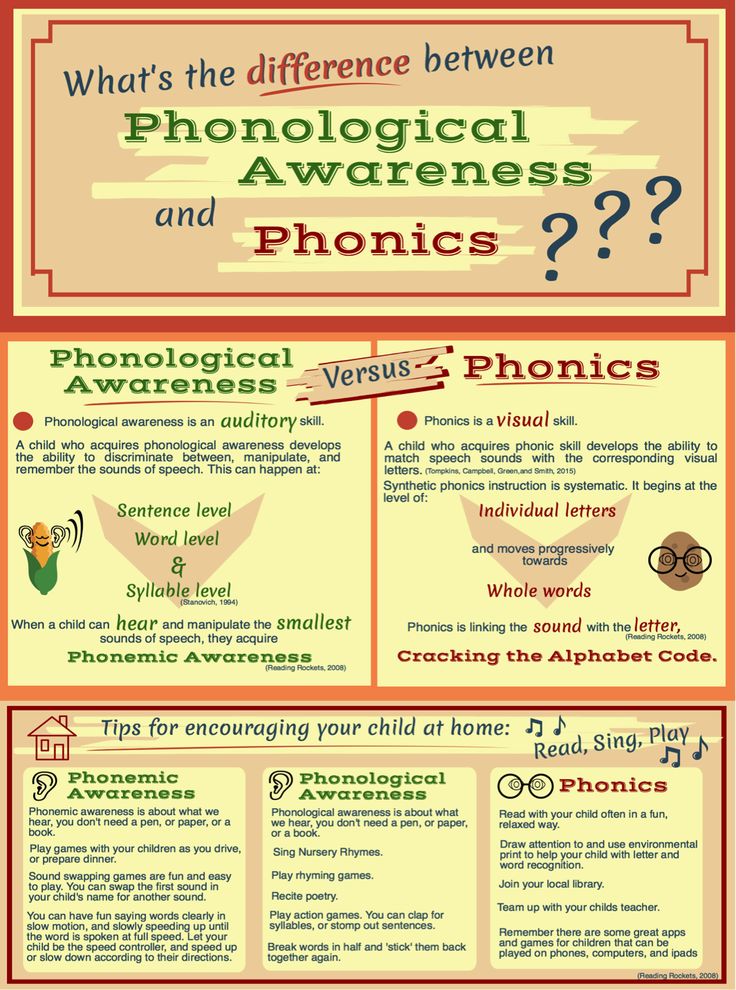
You will need animal figurines, eg bull, donkey, camel, gorilla, elephant. We hide the animals behind our backs and invite the child to call them in turn, dividing the words into syllables. For example, ca-mel, e-le-phant. Clapping hands helps to clearly separate syllables. nine0003
In my lessons the animals usually miss their flight: This is the final call for passenger Donkey. Let's call him together. Don key! don key! Hurry up.
A child calls late passengers on board by syllablesMagic pockets
We practice the ability to distinguish syllables in words and count them.
You will need three or four pockets and a stack of word cards. Say the word in syllables - students will count the syllables and put the card in the appropriate pocket. nine0003 The student sorted into pockets the words on the cards Doman with one, two and three syllables
Pop-it game
Learning to identify phonemes.
The teacher shows a picture and says the word and then breaks it down into phonemes, eg b-u-s .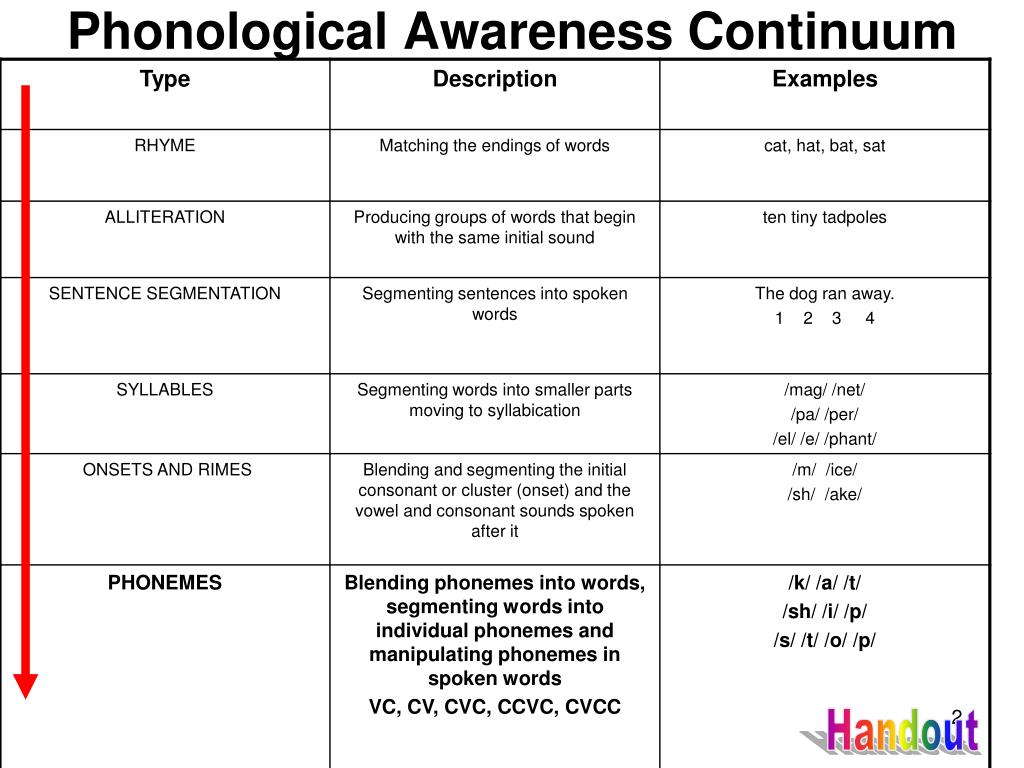 During the pronunciation of sounds, children push the appropriate number of buttons in the pop-it toy. If pop-it is not at hand, then the number of phonemes can be slammed.
During the pronunciation of sounds, children push the appropriate number of buttons in the pop-it toy. If pop-it is not at hand, then the number of phonemes can be slammed.
Puppet conversation
Task to merge phonemes into words.
Put on a glove puppet and say that it speaks the puppet language - this will be a temporary name for English. Ask the children to translate what the toy says. For example:
Teacher (puppet voice): H-e-l-o. What does Mr Crocodile say? H-e-l-o?
Children: Hello!
Glove crocodile speaks puppet languageI practice most of the tasks from the article at home with my three-year-old son. He does tasks on rhymes and tapping syllables himself, and he determines phonemes with my help. nine0003
I hope your students enjoy the games and help them take the first step towards learning to read.
You may also be interested in reading about games for the development of phonemic hearing in children
📖 Phonological awareness, Speech development, Chapter 11.
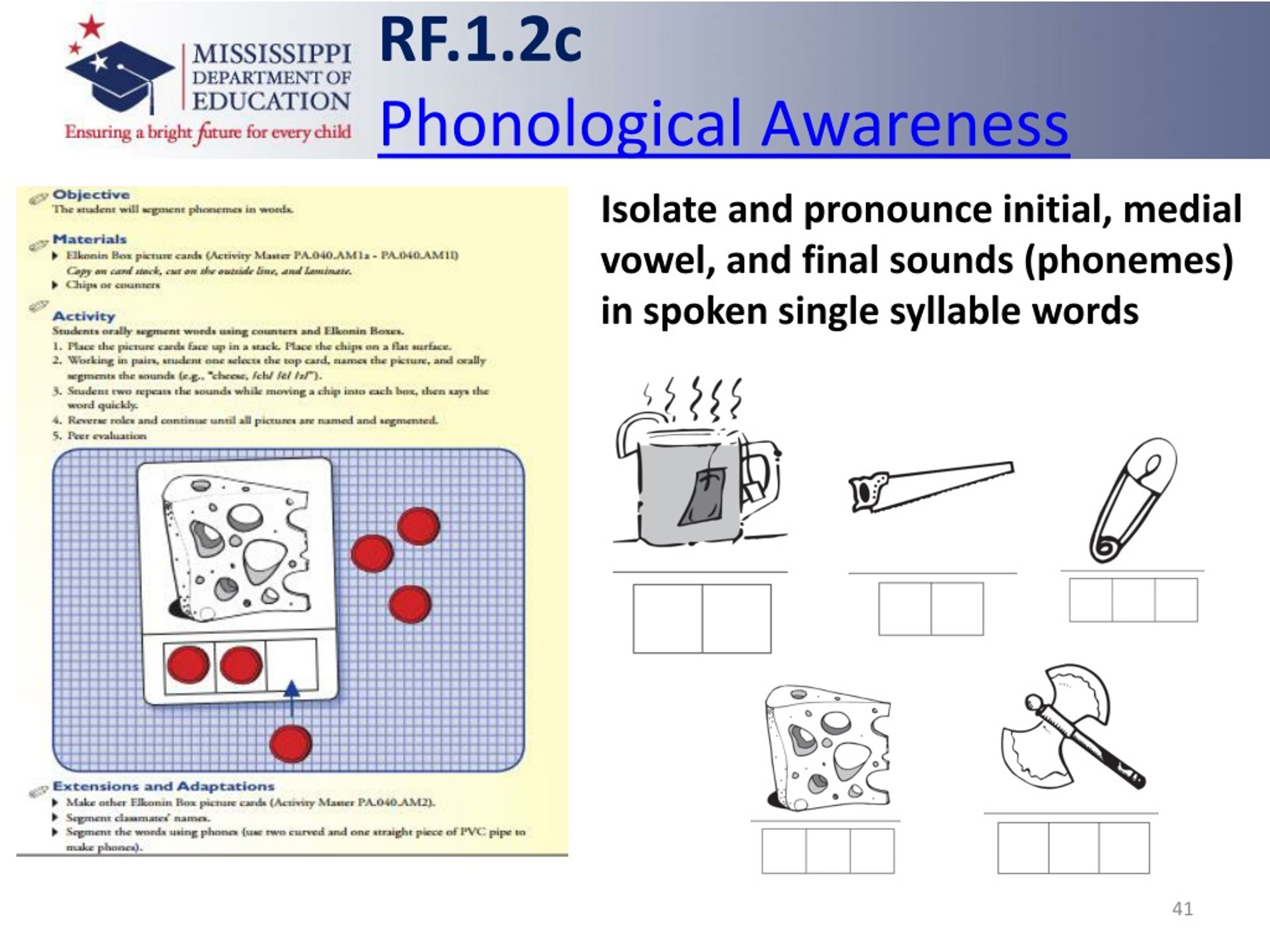 Communication disorders and developmental disorders of school skills. Children's pathopsychology. Mash E. Page 87. Read online
Communication disorders and developmental disorders of school skills. Children's pathopsychology. Mash E. Page 87. Read online At first, babies listen to the sounds of their parents' speech and soon begin to communicate using basic gestures and sounds. During their first year of life, they may learn a few words and even create new words to express their desires and emotions. After two years, language development is rapidly progressing, and their ability to coherently formulate their thoughts and express new concepts is the delight and admiration of parents. Adults play an important role in encouraging the development of a child's language skills by improving speech and enjoying children's expressions. nine0003
A language consists of phonemes that are basic sounds (such as plosives b, e or vowels and, e) and form the language. When a child constantly hears a particular phoneme, ear receptors stimulate the formation of appropriate connections and transmit them to the auditory part of the cerebral cortex. The formed perception map is a set of sounds similar to each other, which helps the child to recognize different phonemes. These cards form quickly; six-month-old babies of English-speaking parents already have auditory maps that differ from the auditory maps inherent, for example, in babies in Swedish families, which depends on the different activity of neurons for different sounds (Kuhl, 1995). By the first year of life, the cards are formed, and babies lose the ability to distinguish sounds that are not important for their native language.
The formed perception map is a set of sounds similar to each other, which helps the child to recognize different phonemes. These cards form quickly; six-month-old babies of English-speaking parents already have auditory maps that differ from the auditory maps inherent, for example, in babies in Swedish families, which depends on the different activity of neurons for different sounds (Kuhl, 1995). By the first year of life, the cards are formed, and babies lose the ability to distinguish sounds that are not important for their native language.
It is the rapid development of the perceptual map that causes difficulties in learning a second language after the first: the fact is that the connections in the brain are already formed, and the remaining neurons are almost unable to form new basic connections, say, for the Swedish language. When the described cycle is established, babies can make words out of sounds, and the more words they hear, the faster they learn the language. Sounds serve to strengthen and expand neural connections, which in turn ensures the formation of more words.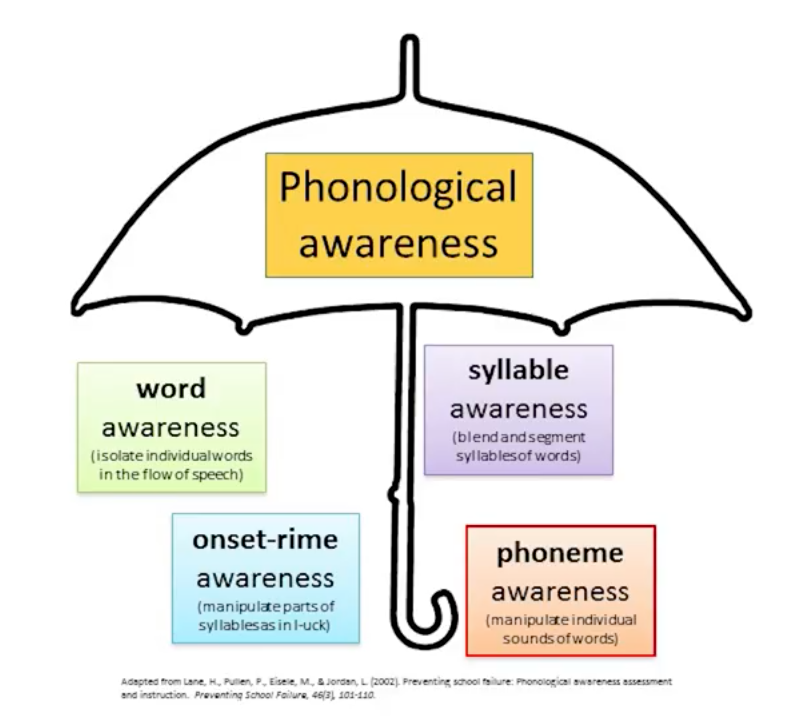 Similar cortical circuits are formed as the basis for other activities, such as music. A young child who is learning to play a musical instrument may have neuronal circulation activated, which will favorably develop his spatial thinking and mathematical abilities (Hancock, 1996).
Similar cortical circuits are formed as the basis for other activities, such as music. A young child who is learning to play a musical instrument may have neuronal circulation activated, which will favorably develop his spatial thinking and mathematical abilities (Hancock, 1996).
Phonological awareness.
Not all children progress normally in their language development, some are very lagging behind, using mostly gestures or sounds to communicate, rather than speech. Others develop normally following verbal commands, but have difficulty finding words to express their thoughts clearly.
Psychology bookap
Although the development of speech is one of the main indicators of general intelligence, as well as the development of the school curriculum (Sattler, 1998), the difference in this indicator is in no way a sign of intellectual retardation or cognitive impairment in children. Rather, such deviations from the norm may indeed be only deviations and are accompanied by pronounced abilities in other areas. Albert Einstein, considered an intellectual genius, started talking late, stammering and making his parents think he was "not quite normal". Family tradition says that when a father asked the headmaster what profession he would advise his son to take, the answer was simple: “It does not matter, because he will never succeed in anything” (R. W. Clark, 1971, p. 10).
Albert Einstein, considered an intellectual genius, started talking late, stammering and making his parents think he was "not quite normal". Family tradition says that when a father asked the headmaster what profession he would advise his son to take, the answer was simple: “It does not matter, because he will never succeed in anything” (R. W. Clark, 1971, p. 10).
Because speech development is an indicator of overall mental development (Sattler, 1998), children with language delays or severe language delays are considered to be at risk. As is known, Albert Einstein's speech problems were precursors to his subsequent communication and learning disorders (Benasich, Curtiss & Tallal, 1993; B.A. Lewis, Freebarn & Taylor, 2000).
Phonology is the ability to memorize and store phonemes, as well as the rules for composing semantic compounds or words from sounds. The impairment of this ability is the main reason why most children and adults with communication and learning disabilities have language problems such as reading and writing. nine0003
nine0003
A young child needs to realize that speech is divided into phonemes (English has 44, such as ba, ga, at and tr). Many children find it very difficult to understand that speech does not consist of individual phonemes that follow one another. Instead, the sounds are articulated at the same time as (overlapped) so that one can speak faster than if they were spoken consecutively (Liberman & Shankweiler, 1991).
nine0002 By the age of seven, about 80% of children are able to break words and syllables into phonemes (Blachman, 1991), but there are those who cannot do this. These are children who have serious problems in mastering reading skills (B. A. Shaywitz & Shaywitz, 1994). At school entry, early language problems become learning problems as children have to learn to correlate spoken language with written language. Children who find it difficult to learn to read and write also find it difficult to learn the system of letters and sounds.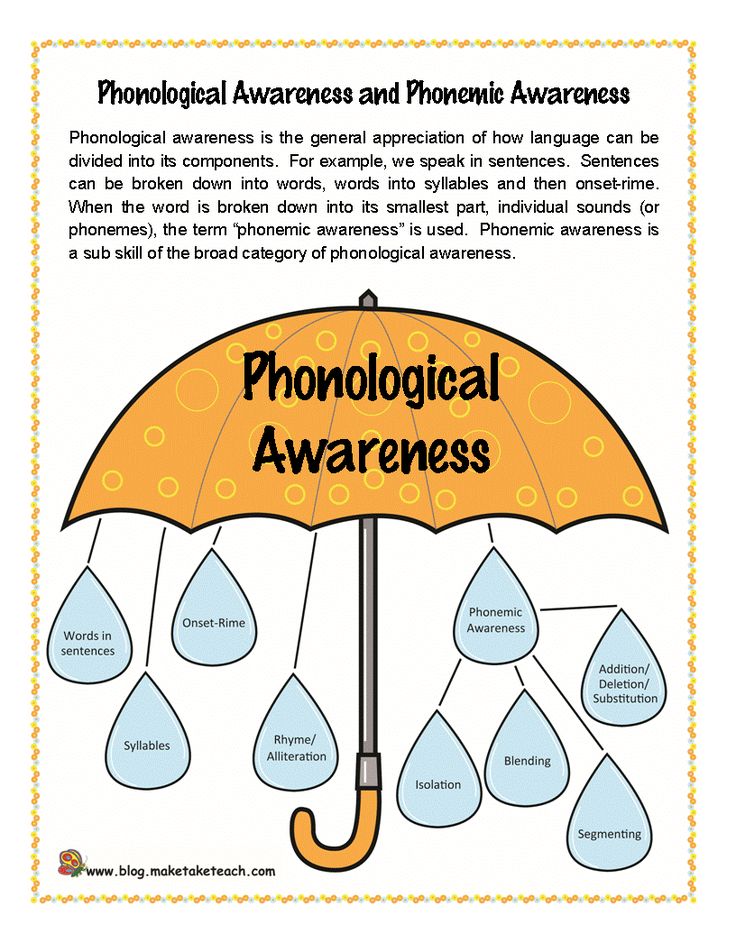 These children cannot correctly pronounce the sounds in the syllables of words, which is called a lack of phonological awareness and is a harbinger of reading problems (Frost, 1998).
These children cannot correctly pronounce the sounds in the syllables of words, which is called a lack of phonological awareness and is a harbinger of reading problems (Frost, 1998).
Phonological awareness is a broad generalization that includes recognizing the relationships that exist between sounds and letters, determining rhythm and alliteration, and knowing that sounds can make up different syllables in words. To determine the level of phonological awareness among primary school students, teachers ask them to rhyme words or rearrange sounds. For example, the teacher might say "cat" and ask the child to say the word without the first sound k, or say "house", and the child must say the word without m. To assess the child's ability to connect sounds, the teacher can say, for example, three sounds t, p and and, and see if he can the child pronounce these sounds together, adding them to the word "three".
While phonological awareness is a prerequisite for developing reading skills, it is also closely related to the development of expressive language (Edwards, Fourakis, Beckman, & Fox, 1999).